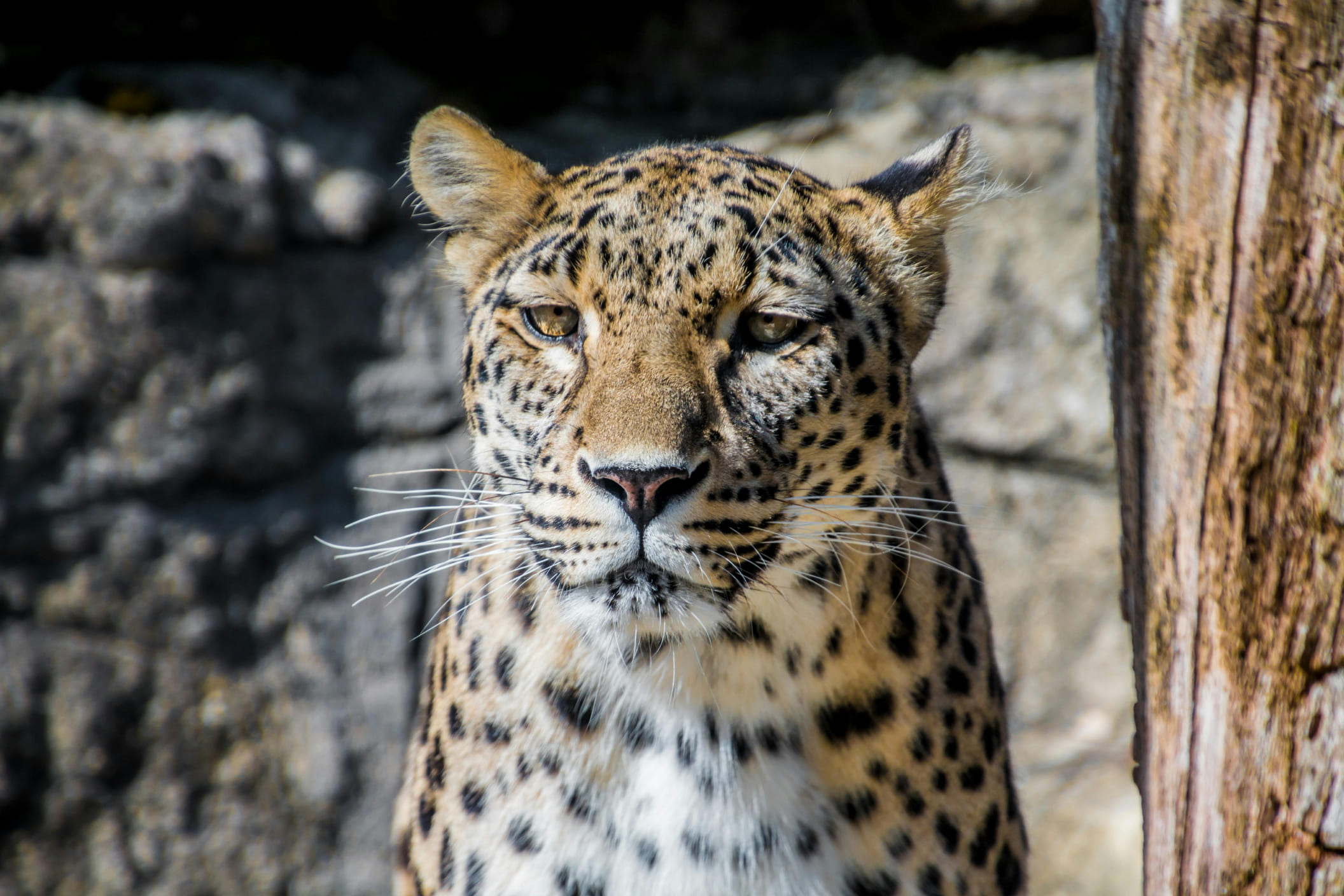Zoos as Vital Centers for Wildlife Conservation and Education
In a rapidly changing world, zoos play an essential role in preserving endangered species, educating the public about conservation, and advancing research to protect wildlife. Modern zoos go beyond traditional displays, creating environments that prioritize animal welfare and emphasize the need to protect our planet’s biodiversity. Through well-managed breeding programs, hands-on educational experiences, and impactful research initiatives, zoos have transformed into powerful advocates for global conservation.
Protecting Endangered Species
One of the most important functions of zoos today is to protect species that are threatened or endangered. Many animals face the risk of extinction due to habitat loss, poaching, and climate change, making the work of zoos critical to their survival. Zoos participate in Species Survival Plans (SSPs), which are carefully managed breeding programs designed to increase population numbers and maintain genetic diversity. These programs are vital for animals like the black rhinoceros, Amur leopard, and red panda, all of which have benefited from zoo-based breeding initiatives. Zoos work closely with other institutions globally, sharing knowledge and resources to ensure these species have a future, with the ultimate goal of potentially reintroducing them into the wild.
Creating Naturalistic Habitats for Animal Welfare
Modern zoos prioritize animal welfare by designing enclosures that closely mimic animals' natural habitats. These spaces are carefully crafted to provide animals with comfort, enrichment, and stimulation, allowing them to express natural behaviors such as foraging, climbing, and socializing. For instance, enclosures for primates often include ropes and climbing structures that encourage play, while big cat habitats may offer shaded areas, water features, and elevated platforms for observing their surroundings. These habitats not only enhance the quality of life for the animals but also give visitors a realistic view of animals in environments that resemble their wild homes. Through these naturalistic settings, zoos are able to meet the physical and psychological needs of their residents, ensuring that animals are healthy, engaged, and happy.
Educational Programs that Inspire Conservation
Zoos are unique educational resources that introduce visitors to the beauty and diversity of the animal kingdom. For many people, especially children, a visit to the zoo is their first opportunity to see animals from around the world, sparking a lifelong interest in wildlife and environmental protection. Zoos offer interactive exhibits, guided tours, and animal demonstrations that teach visitors about animal behaviors, ecosystems, and the challenges wildlife face. Many zoos partner with schools to provide structured educational programs that align with school curricula, making learning about conservation both accessible and enjoyable.
Through these programs, zoos help visitors understand the interconnectedness of species and the importance of preserving habitats. Children, in particular, benefit from these hands-on experiences, which plant the seeds for a deeper appreciation of nature and inspire eco-friendly habits. By fostering a sense of responsibility and awareness, zoos play an essential role in building a generation that is committed to protecting the environment and supporting conservation efforts.
Scientific Research for Global Conservation
Zoos are also centers for scientific research, contributing valuable insights into animal health, genetics, behavior, and reproduction. Research conducted in zoos has led to significant advancements in veterinary medicine and animal care, benefiting both animals in captivity and those in the wild. Zoo veterinarians and scientists study a wide range of topics, from disease prevention and dietary needs to reproductive health and animal behavior. This research allows zoos to develop effective treatment plans, design specialized diets, and create enrichment programs that keep animals healthy and engaged.
One area where zoos make a considerable impact is in reproductive research, especially for endangered species with small populations. Techniques like artificial insemination, embryo transfer, and genetic preservation have been developed to increase the numbers of species that face extinction. By sharing their findings with conservationists and the global scientific community, zoos contribute to the broader knowledge base that supports wildlife conservation. These advancements not only improve the lives of animals in captivity but also help scientists develop new strategies for protecting animals in the wild.
Raising Awareness and Inspiring Conservation Action
Zoos connect people with nature, fostering empathy and a sense of responsibility toward wildlife. A visit to the zoo provides a unique opportunity for people to observe animals up close, creating memorable experiences that encourage visitors to support conservation initiatives. Through awareness campaigns, zoos highlight the threats animals face, from habitat destruction and illegal hunting to pollution and climate change. By teaching visitors about these issues, zoos empower people to make a difference in their own lives, inspiring actions such as recycling, reducing plastic use, and supporting conservation organizations.
Many zoos offer opportunities for visitors to contribute directly to conservation efforts, such as adopting an animal, donating to field projects, or volunteering. These initiatives provide a tangible way for people to get involved, building a community of wildlife advocates who are dedicated to making a positive impact. By connecting visitors to the importance of conservation, zoos play a vital role in creating a society that values and actively works to protect biodiversity.
Conclusion: Zoos as Stewards of Conservation and Education
Zoos have evolved into essential institutions that contribute to the protection of endangered species, foster environmental awareness, and conduct critical scientific research. By creating naturalistic habitats, providing educational programs, and engaging in global conservation efforts, zoos inspire millions of people to care about wildlife and take action to protect it. As the challenges facing our planet’s biodiversity continue to grow, the role of zoos in preserving the natural world becomes increasingly important.
Through their dedication to animal welfare, education, and conservation, zoos serve as a bridge between humans and the animal kingdom. They remind us of the beauty and diversity of life on Earth and the responsibility we share in protecting it. For generations to come, zoos will continue to be powerful advocates for wildlife, playing an indispensable role in ensuring that future generations inherit a world rich with diverse species and thriving ecosystems.


